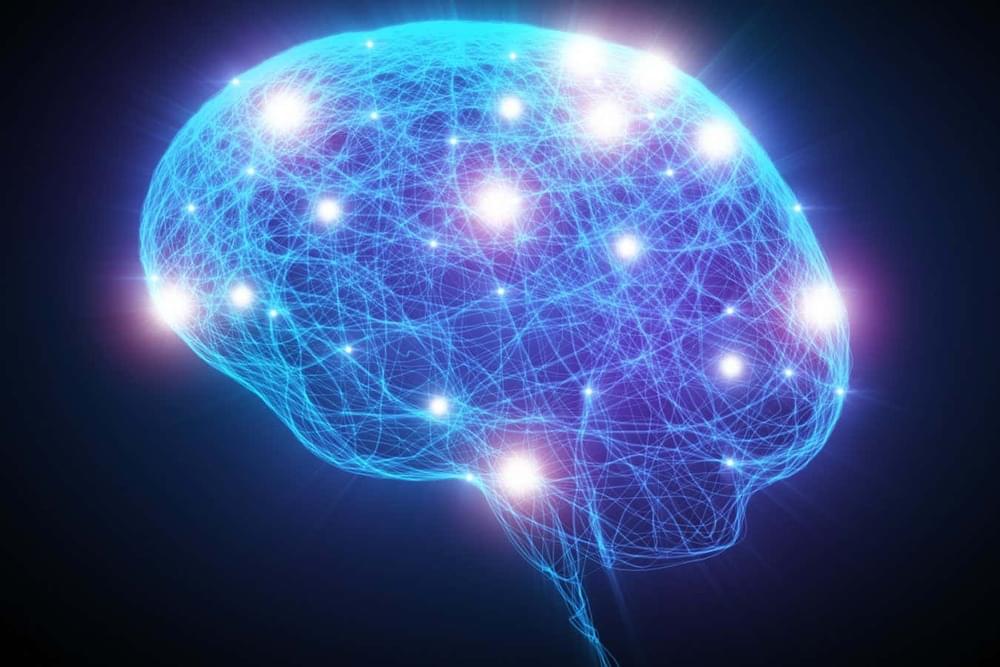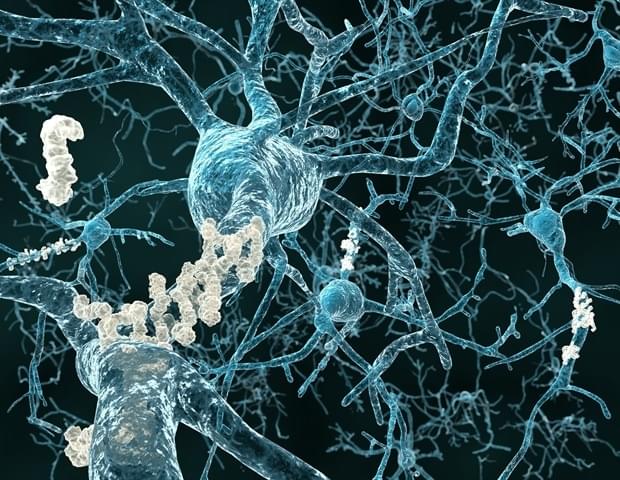A study in the journal Cell sheds new light on the evolution of neurons, focusing on the placozoans, a millimeter-sized marine animal. Researchers at the Center for Genomic Regulation in Barcelona find evidence that specialized secretory cells found in these unique and ancient creatures may have given rise to neurons in more complex animals.
Placozoans are tiny animals, around the size of a large grain of sand, which graze on algae and microbes living on the surface of rocks and other substrates found in shallow, warm seas. The blob-like and pancake-shaped creatures are so simple that they live without any body parts or organs.
These animals, thought to have first appeared on Earth around 800 million years ago, are one of the five main lineages of animals alongside Ctenophora (comb jellies), Porifera (sponges), Cnidaria (corals, sea anemones and jellyfish) and Bilateria (all other animals).






